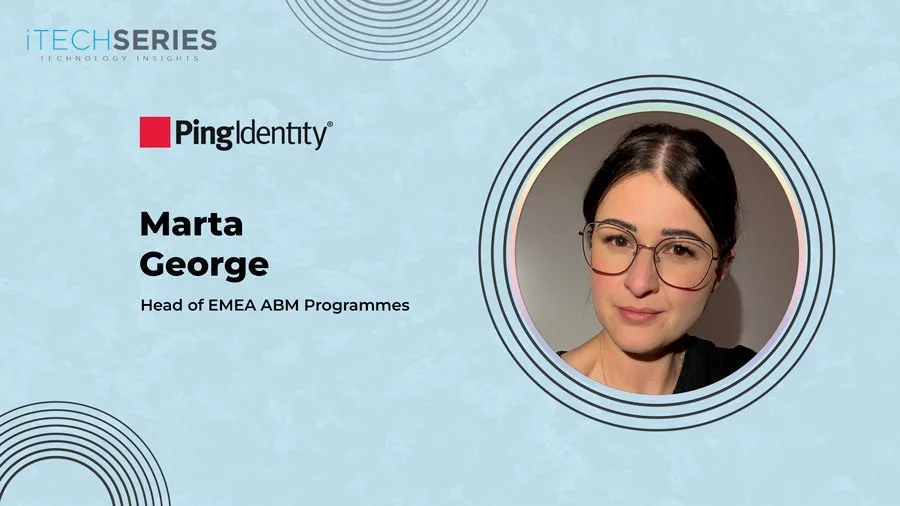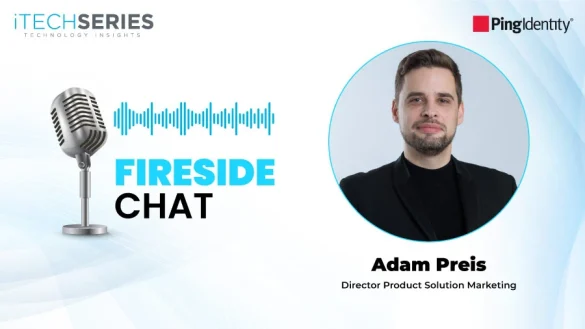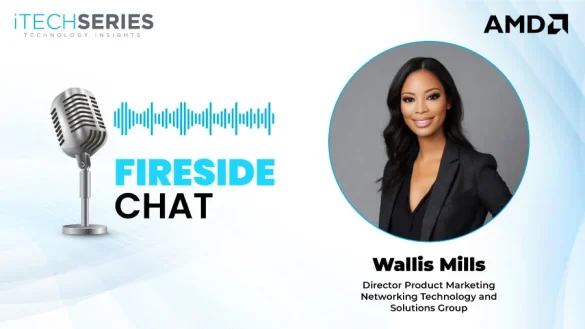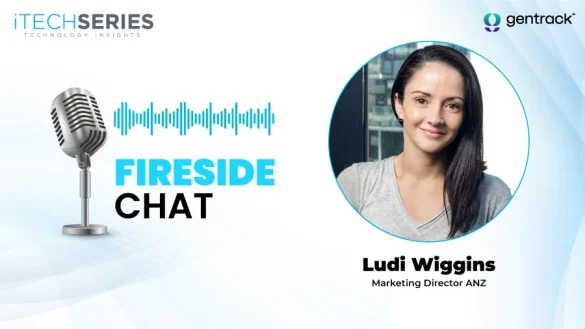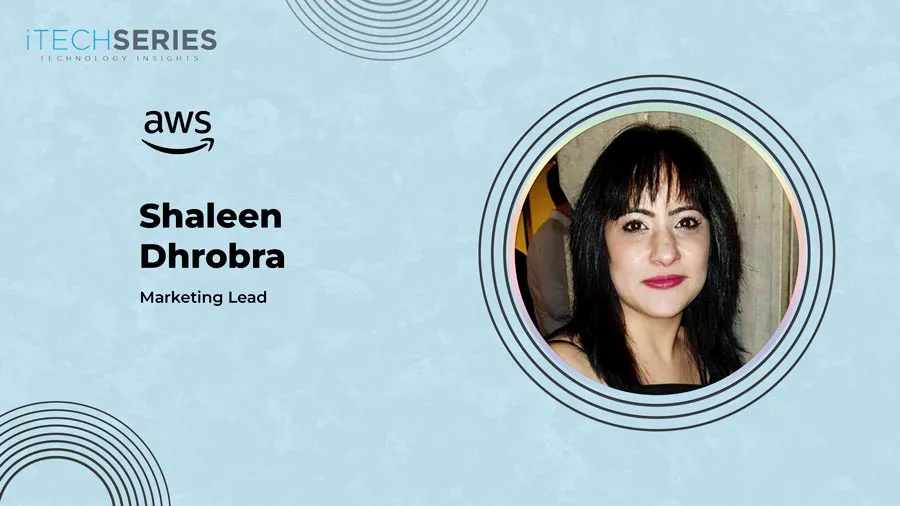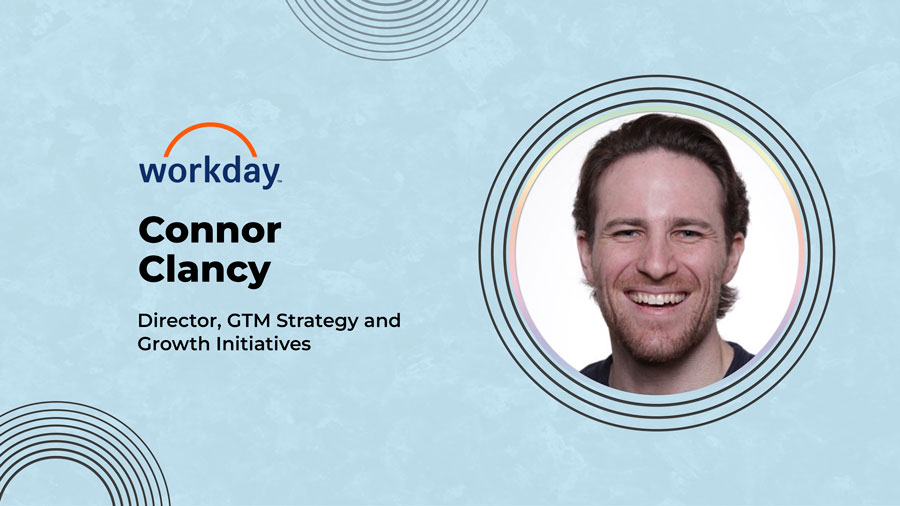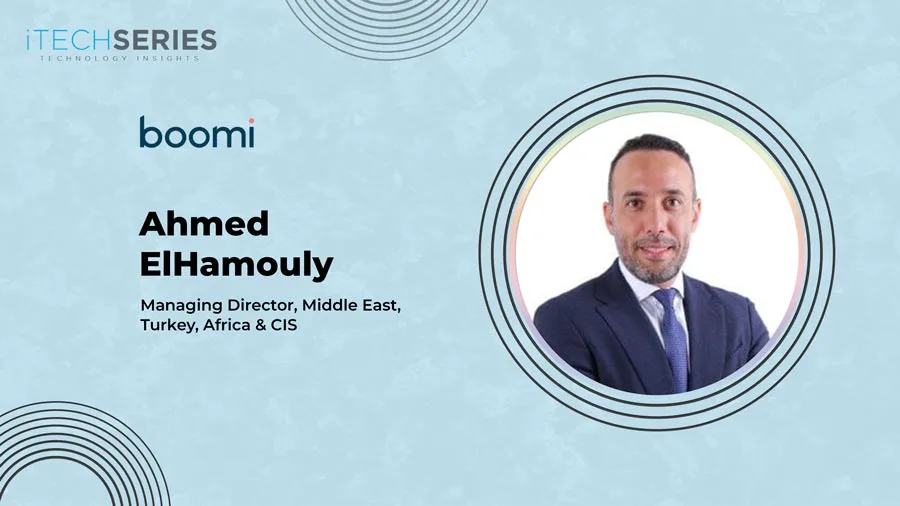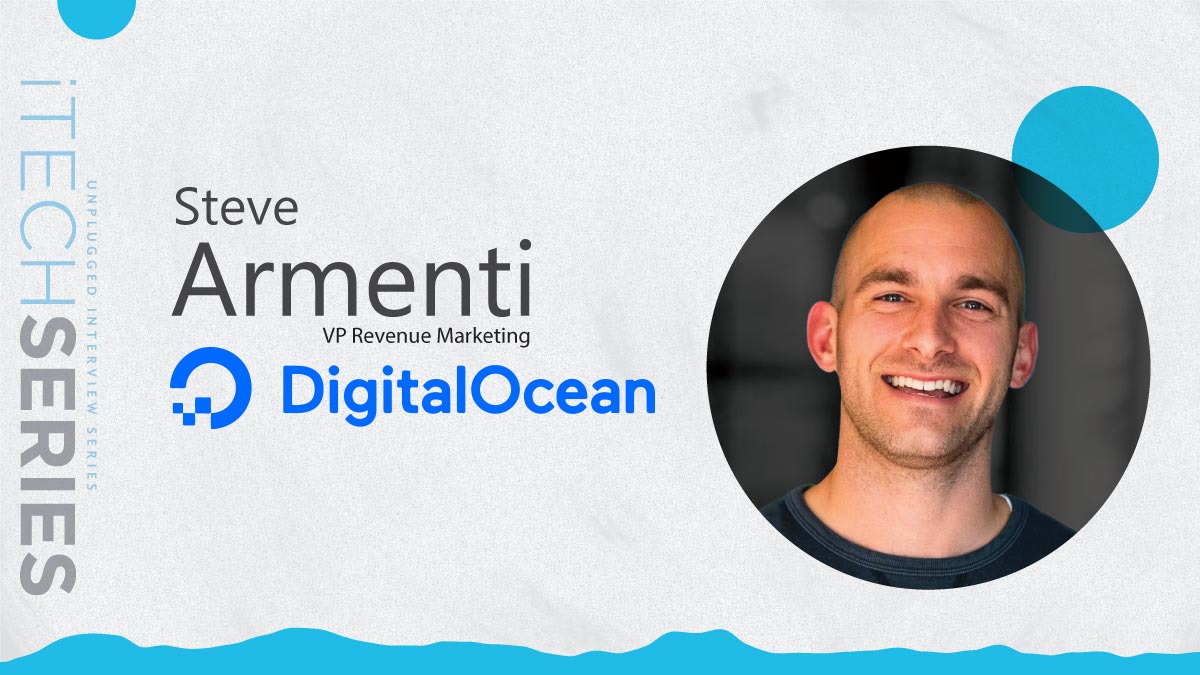Marta George, Head of EMEA ABM Programmes at Ping Identity, shares her journey from event marketing to building high-impact, personalised ABM programs across EMEA. In this conversation, she dives into the buyer’s journey, cross-functional alignment, brand-to-demand strategy, and how AI and agility are reshaping modern B2B marketing for long-term commercial success.
It’s great to have you on this interview series, Marta. Could you tell us a bit about yourself and your marketing journey?
It’s a pleasure to be here, thank you for having me. My marketing journey began back in 2017 when I had the privilege of working with my first marketing mentor. What really drew me in at the start was the world of events. I was immediately captivated by the energy, creativity, and strategic thinking that went into bringing people together and creating meaningful brand experiences.
Events became the catalyst for a deeper curiosity, particularly around the psychology behind buyer behaviour. I found myself constantly asking not just why people buy, but how we can better understand and influence their journey. That curiosity quickly turned into a passion for marketing as a discipline, especially the strategy that sits behind it.
Since then, I’ve worn a few different hats -mainly within Field Marketing, which gave me fantastic exposure to local market dynamics and customer engagement. Today, I’m proud to lead ABM Programmes for Ping Identity across the EMEA region, where I’m focused on delivering highly personalised and commercially impactful marketing experiences for strategic accounts.
Can you walk us through your approach to crafting and executing a high-impact ABM program from the ground up?
Certainly. For me, a successful ABM programme starts with crystal-clear alignment on the business objective and the accounts that truly matter. I partner with sales leadership to define the Ideal Customer Profile, then shortlist target accounts by looking at intent signals, firmographics, and whitespace potential. Once the list is locked, I dig deep into each account’s strategic priorities, buying committee, and existing tech stack -this intelligence informs every subsequent move.
With insight in hand, I design a value narrative that speaks directly to the account’s challenges and aspirations. That narrative then cascades into personalised content, orchestrated across channels: tailored microsites, executive emails, thought-leadership events, and targeted paid media. I treat timing like choreography, ensuring each touchpoint builds logically on the last and brings the sales team into the story at the right moments.
Finally, I’m relentless about measurement and optimisation. I track engagement at the persona and account level, map it to pipeline influence, and iterate quickly -reallocating budget or adjusting messaging where the data tells us. In short, it’s a blend of rigorous planning, creative personalisation, and tight commercial discipline.
“A successful ABM programme starts with crystal-clear alignment on the business objective and the accounts that truly matter.”
How do you balance your marketing budget across channels to drive performance and efficiency?
It all starts with understanding the buyer journey and mapping where influence and conversion happen. I take a data-led approach, looking at past performance, engagement signals, and pipeline attribution to see what’s truly driving results, not just clicks. High-performing channels like paid media or field events usually get the lion’s share, but I always reserve a portion of the budget for testing new tactics or emerging formats.
It’s also important to align the budget with the funnel stage. For example, I might invest more in brand and awareness plays at the top but shift focus to 1:1 experiences and sales enablement as accounts move down the funnel. Efficiency comes from making sure each channel is playing its best role in the mix and that there’s no duplication of effort. I also work closely with sales to ensure we’re prioritising channels that they can activate on. Ultimately, it’s about flexibility, smart reallocation, and keeping the full funnel in view.
You recently took part in the B2B Ignite event; could you share some of the most interesting insights or takeaways from the experience?
B2B Ignite 2025 made it clear: marketers must evolve into commercial leaders. Traditional tactics like cold calls and MQLs are fading—buyers demand relevance, emotional connection, and real value. Strong brands are essential, acting as door openers in uncertain times.
We were challenged to lead with agility, plan for both expected and unexpected market shifts, and break down silos between marketing, sales, and revenue. AI emerged as a key enabler—but only when used boldly and creatively. The key message? Brand drives demand, and marketers must guide organisations through uncertainty with strategy, optimism, and trust.
How do you approach cross-functional alignment to keep marketing initiatives on track and effective?
Cross-functional alignment is foundational to delivering effective marketing, especially in ABM, where collaboration is everything. I start by ensuring there’s a shared understanding of goals across marketing, sales, and customer success. That means agreeing not just on KPIs but also on who does what, when, and why. From there, I build regular cadences into our workflow -from planning sessions to performance reviews -so that everyone stays looped in and can course-correct as needed.
I also put a lot of emphasis on visibility. Whether it’s shared dashboards or campaign briefs, I make sure stakeholders have easy access to the information they need. But alignment isn’t just about process -it’s also about relationships. I invest time in understanding the pressures and goals of other teams, and I’m not afraid to adapt my approach to meet them halfway. The goal is to create a shared sense of ownership, where success is truly collective.
Can you talk about your most memorable marketing campaign experience so far?
One of the most memorable campaigns I’ve worked on was a 1:1 ABM initiative we ran last year for a strategic account. It stood out not just because of the results it delivered, but because of the journey we went on, both with the internal team and the customer. Interestingly, the initial response we received from a senior stakeholder was rather negative. They asked us to stop the campaign altogether, which, of course, felt disheartening at first.
But rather than shelving it, we took a step back and looked at it differently. The truth was the campaign had worked. It reached exactly the right persona, sparked a strong emotional response, and opened the door to a deeper understanding of their preferences and expectations. We re-engaged thoughtfully, using what we’d learnt to tailor our approach and build trust over time.
What made the campaign truly impactful was that, beyond the numbers, which did improve as the relationship warmed, it helped strengthen our reputation and laid the foundation for a meaningful, long-term partnership. It was a reminder that success isn’t always immediate and that how we respond to feedback can make all the difference.
How has AI changed the way you approach marketing strategy and execution?
AI has become a valuable tool in how I think about both strategy and execution. It’s helping us make sense of data faster, identify patterns across accounts, and surface insights that would take days to uncover manually. For ABM especially, AI adds precision -from intent data to predictive scoring -it’s much easier now to spot where engagement is building and adjust tactics in real time.
On the execution side, it’s streamlining a lot of the operational heavy lifting. Whether it’s content generation, email sequencing, or campaign personalisation at scale, AI is freeing up more time for strategic thinking and creativity. That said, I view it as an enabler, not a replacement. The human element -emotional intelligence, storytelling, and empathy -still sits at the heart of everything we do. AI enhances our work, but it doesn’t define the message or the intent behind it.
What would be your advice to marketers on handling success and setbacks?
My advice would be to treat both as part of the same journey. With success, take time to celebrate it, not just for yourself, but with your team and stakeholders who contributed. Then dig into why it worked so you can replicate or scale it in the future. But don’t let it make you complacent; marketing changes fast, and yesterday’s win might not land tomorrow.
When it comes to setbacks, try to see them as opportunities for growth. Not everything will hit the mark, and that’s okay. The key is to learn quickly, adjust, and move forward with clarity. In my experience, some of the best insights come from campaigns that didn’t go to plan; they often teach you more than the ones that did. Stay curious, be resilient, and always keep your focus on the bigger picture.
About Marta George
Marta George is a B2B marketing leader with a passion for buyer psychology, strategic thinking, and personalised experiences. With a background in field marketing and event strategy, she now leads ABM programs across EMEA at Ping Identity. Marta specialises in data-driven, commercially impactful marketing that aligns closely with sales and drives pipeline. She thrives on creating value-led campaigns that connect emotionally and deliver measurable business outcomes.

